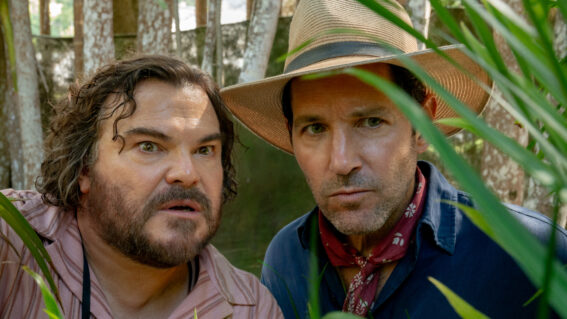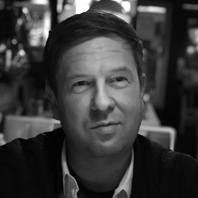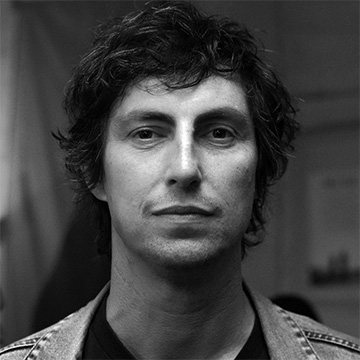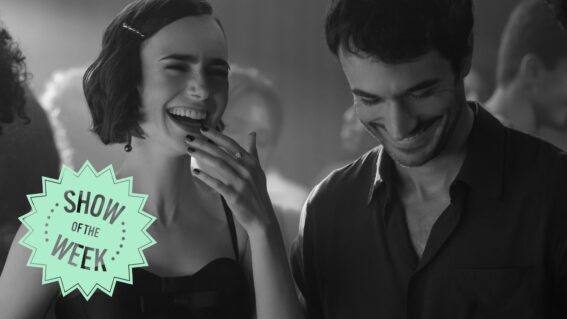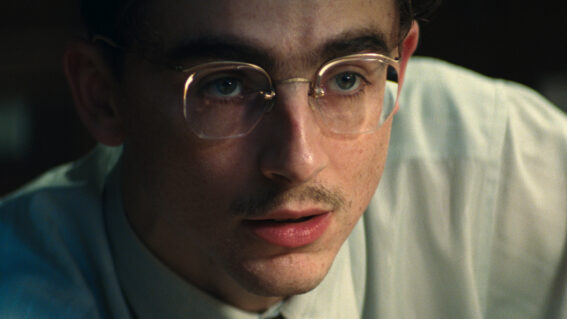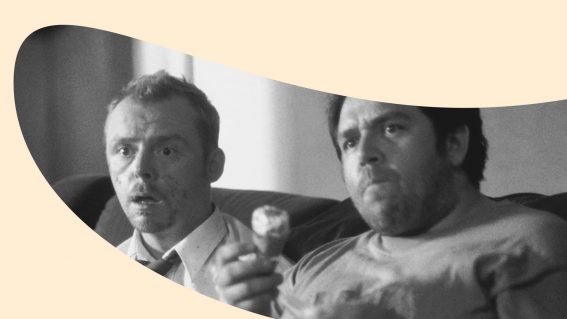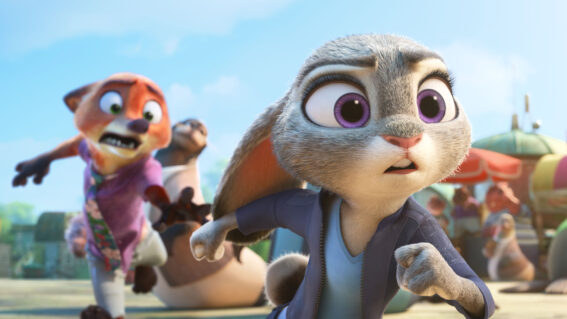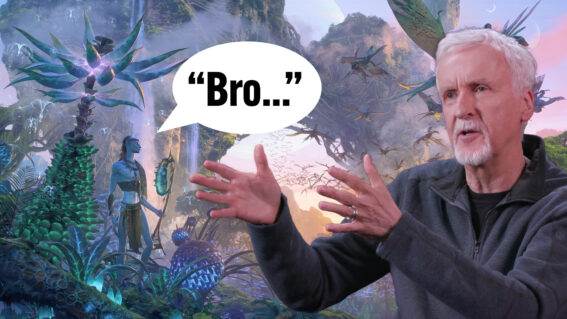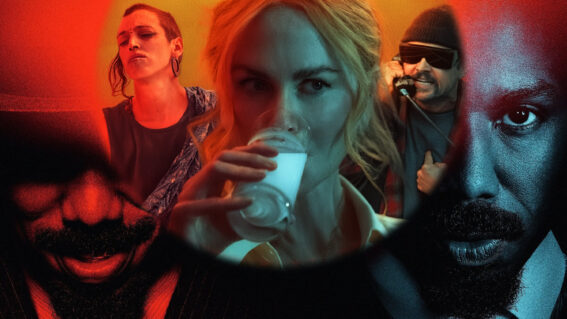10 of the greatest book-to-movie adaptations
From schoolroom staples to drug-fueled fever dreams, Luke Buckmaster hails some of the finest book-to-film transformations.

Want a list of some of the best book-to-movie adaptations of all time? Look no further.
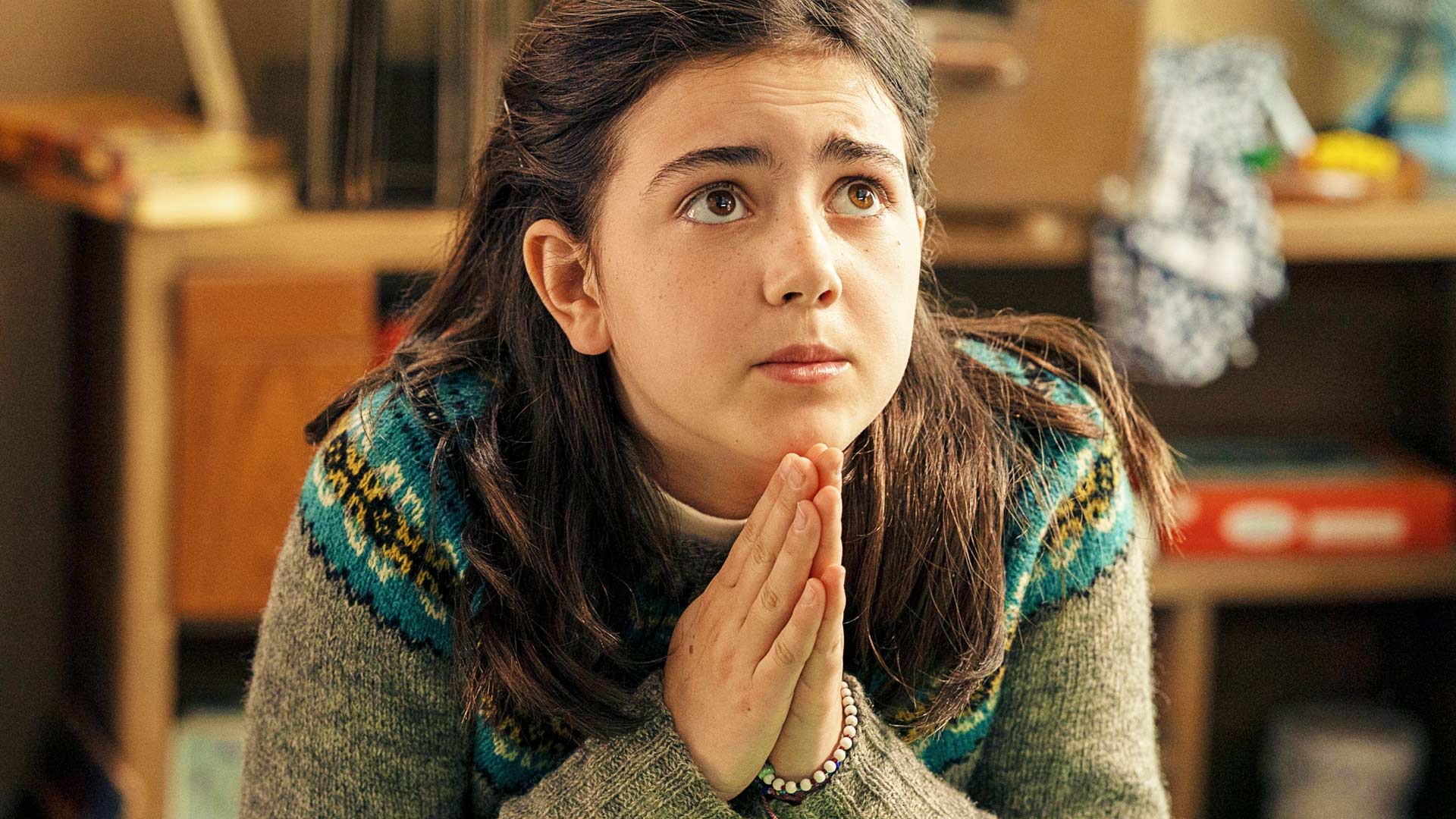
Are You There God? It’s Me, Margaret
Judy Blume’s classic coming-of-age novel follows the titular 12-year-old protagonist as she experiences that early and inevitably awkward period of adolescence: not a child, not quite a teenager. The book is a light and brisk read, and Kelly Fremon Craig’s lovely film feels fresh despite the source material being more than 50 years old. The short, sporadic prayers from the protagonist laced throughout the book translate well to the screen, retaining a playful literal quality.
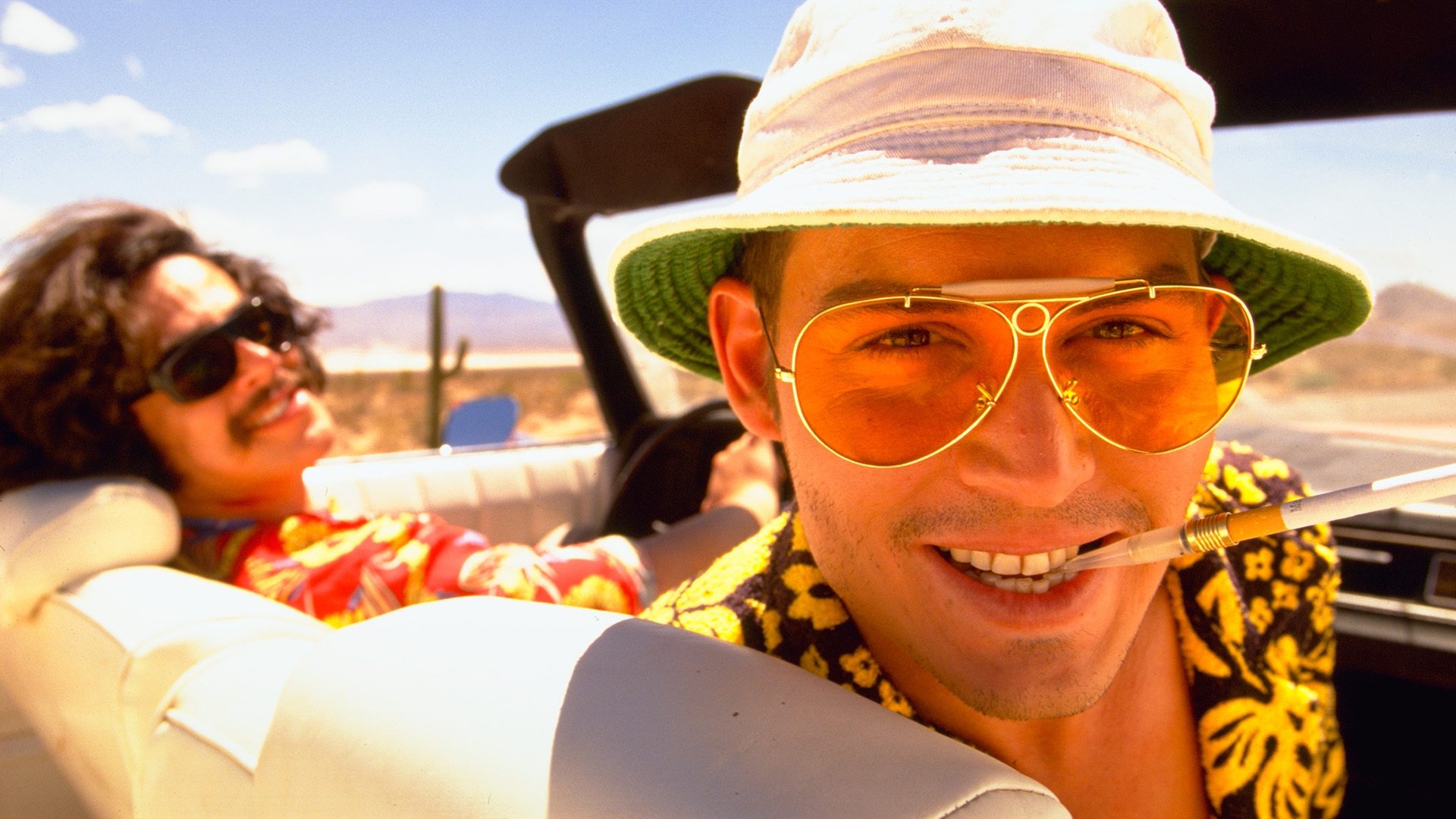
Fear and Loathing in Las Vegas
In the Venn diagram overlay between “literary lover” and “drug fiend,” no work matters more than Hunter S. Thompson’s trailblazing gonzo roman à clef—a narcotic-fuelled voyage to the city of sin. Fear and Loathing in Las Vegas was long considered “unfilmable” until Terry Gilliam came along and, indeed, filmed the hell out of it, conjuring a batshit crazy atmosphere boosted by two fantastically off-the-wall performances—from Johnny Depp as Raoul Duke (HST, essentially) and Benicio del Toro as his Samoan attorney.
Both versions bolt out of the gates with a delirious, whiplash-inducing intro, beginning of course with that immortal opening line: “We were somewhere around Barstow, on the edge of the desert, when the drugs began to take hold.”
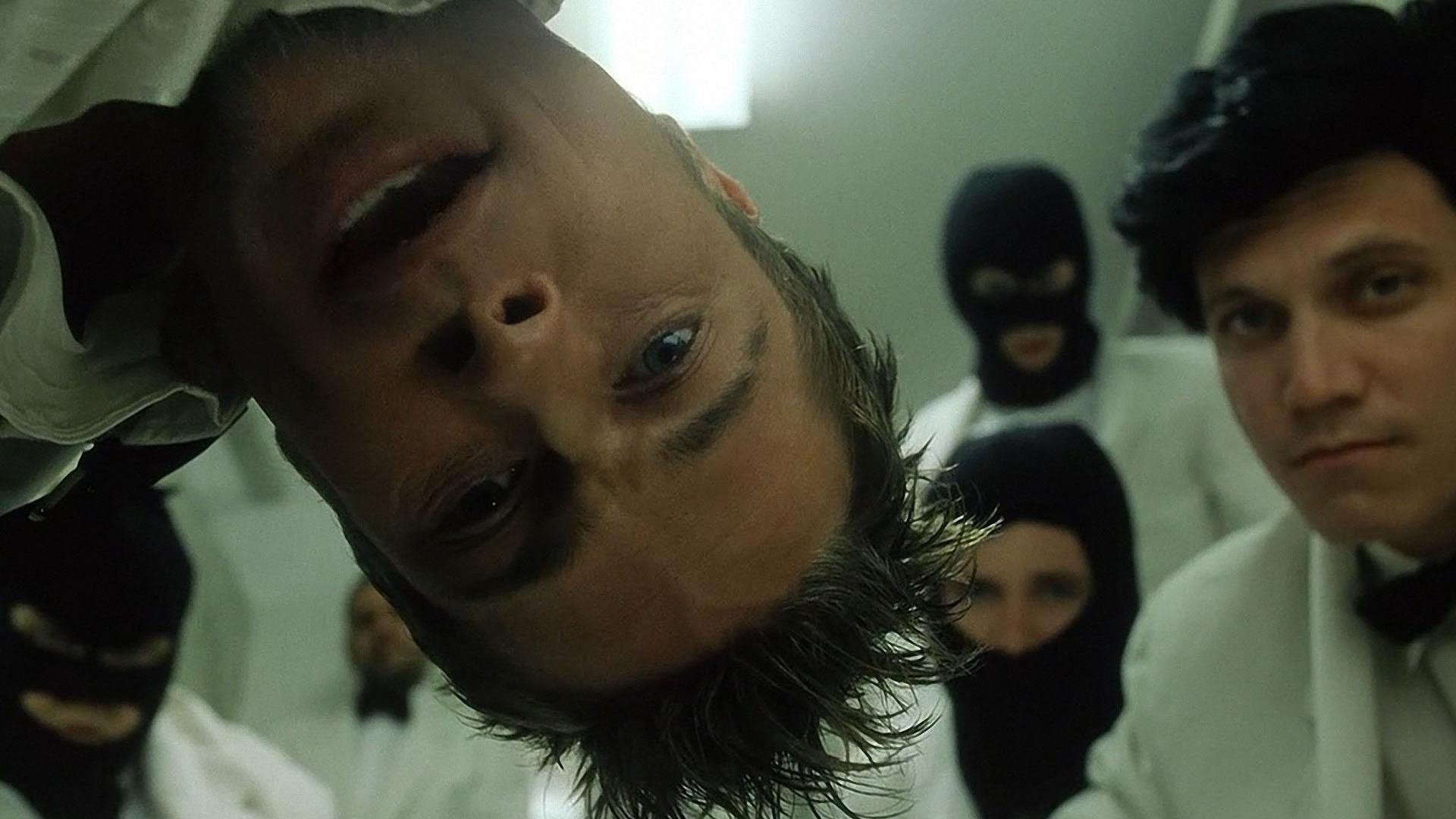
Fight Club
The first time I watched David Fincher’s Fight Club adaptation, I left in a haze—shook up and clutching the walls. I procured a copy of the source material, Chuck Palahniuk’s debut novel, which wowed me with its provocative prose and lacerating rhythms, and sent me diving through the author’s oeuvre. Lots of great lines made their way into the film, a la “the things you own end up owning you” and “this is your life, and it’s ending one minute at a time.”
The plot leaps into gear when a nameless protagonist (Edward Norton in the film) meets Tyler Durden (Brad Pitt), a violent anarchist. But I can’t reveal too much; the first rule of Fight Club is…
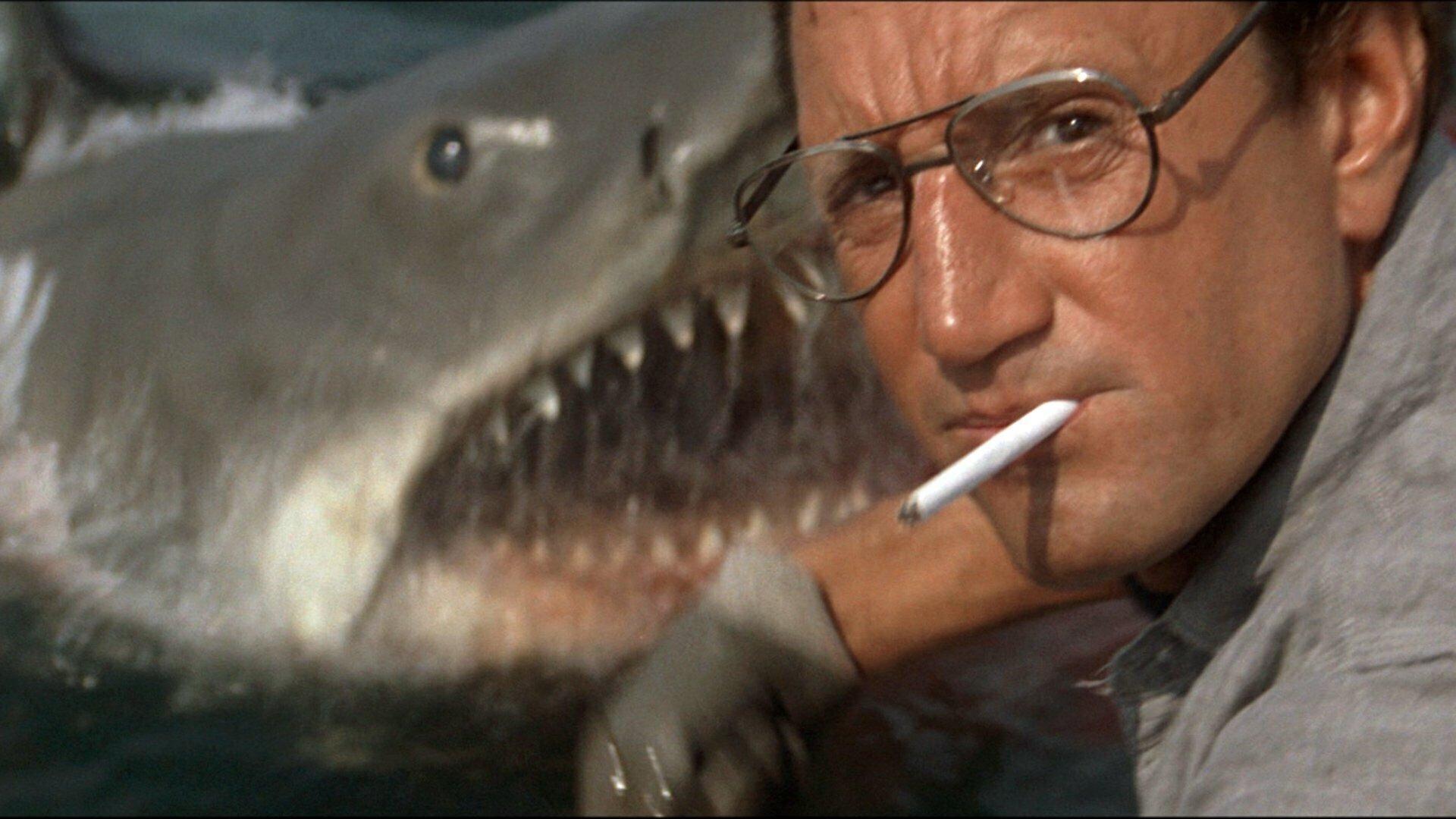
Jaws
I only recently read the novel upon which Steven Spielberg’s uber-blockbuster was based, and flew through it in a handful of sittings. It’s a little pulpier than the film, which famously cut around the shark, limiting its presence because the animatronic machine bringing it to life—dubbed “Bruce”—wasn’t very good.
The novel is more focused on explaining the economic circumstances of Amity, the coastal town where powerful “selectmen” bully the protagonist—police chief Martin Brody—into keeping its beach open. The film became the first modern blockbuster, and remains one of the best.
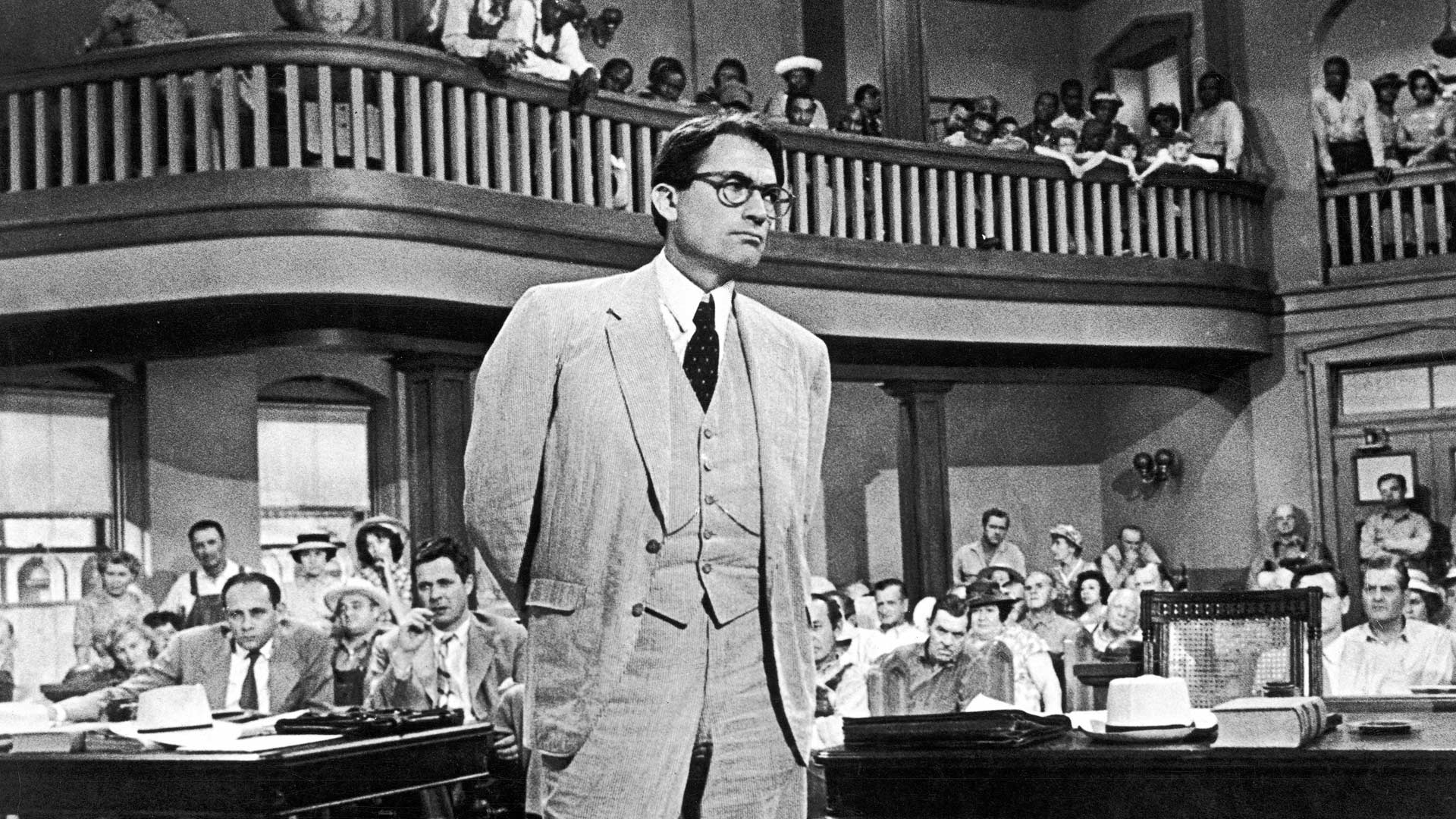
To Kill a Mockingbird
The presence of the mysterious Boo Radley hangs over Harper Lee’s novel and its 1962 adaptation, a perennial go-to title for school students who can’t be bothered reading the book. It’s eventually revealed that Radley, who lives near the main characters—Scout, Jem, and their lawyer father Atticus—has been terribly misunderstood. This revelation associates his presence with the titular metaphor, which is about destroying something innocent.
Linked also is Tom Robinson, a Black man unfairly accused of raping a white woman, who’s represented in court by Atticus. After watching the film it’s impossible not to associate the latter with Gregory Peck, whose measured performance exudes warmth and dignity.

Picnic at Hanging Rock
Legend has it that the plot of Picnic at Hanging Rock came to Joan Lindsay in a dream—which isn’t surprising, given the novel’s surreal tone. “Surreal” also describes Peter Weir’s legendary 1975 adaptation, which is rightly regarded as one of the greatest films of the Australian New Wave. Its atmosphere is amazingly strange, as if forged in the space between wakefulness and sleep.
The story of a group of girls getting lost at the titular location was believed by many to be true. This wouldn’t have been the case had the book’s original ending been published—in which the girls disappear through a hole in space.
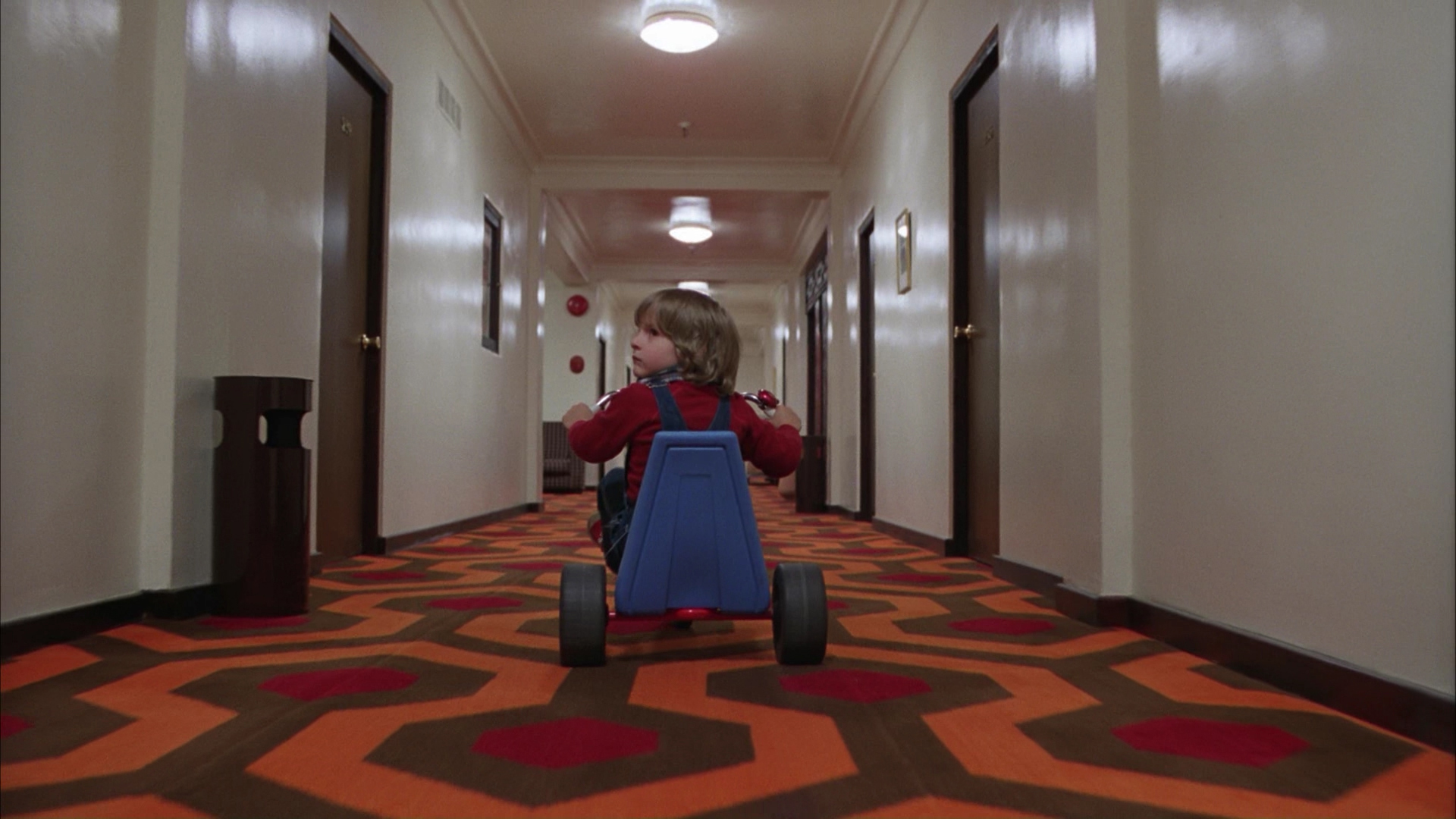
The Shining
Can an adaptation be truly great, if the author of the book despises it? Why yes, yes it can. Stephen King famously took umbrage at Stanley Kubrick’s decision to substantially rework his classic haunted hotel novel, calling the great auteur’s adaptation “maddening, perverse, and disappointing.”
Almost everybody else in the world sees it as one of the great horror movies, starring a scenery-chewing Jack Nicholson as the caretaker of the Overlook Hotel, who goes loco (“here’s Johnny!”) and tries to murder his family. Kubrick’s visual style is strikingly opulent; the grandest and stateliest of midnight movies.
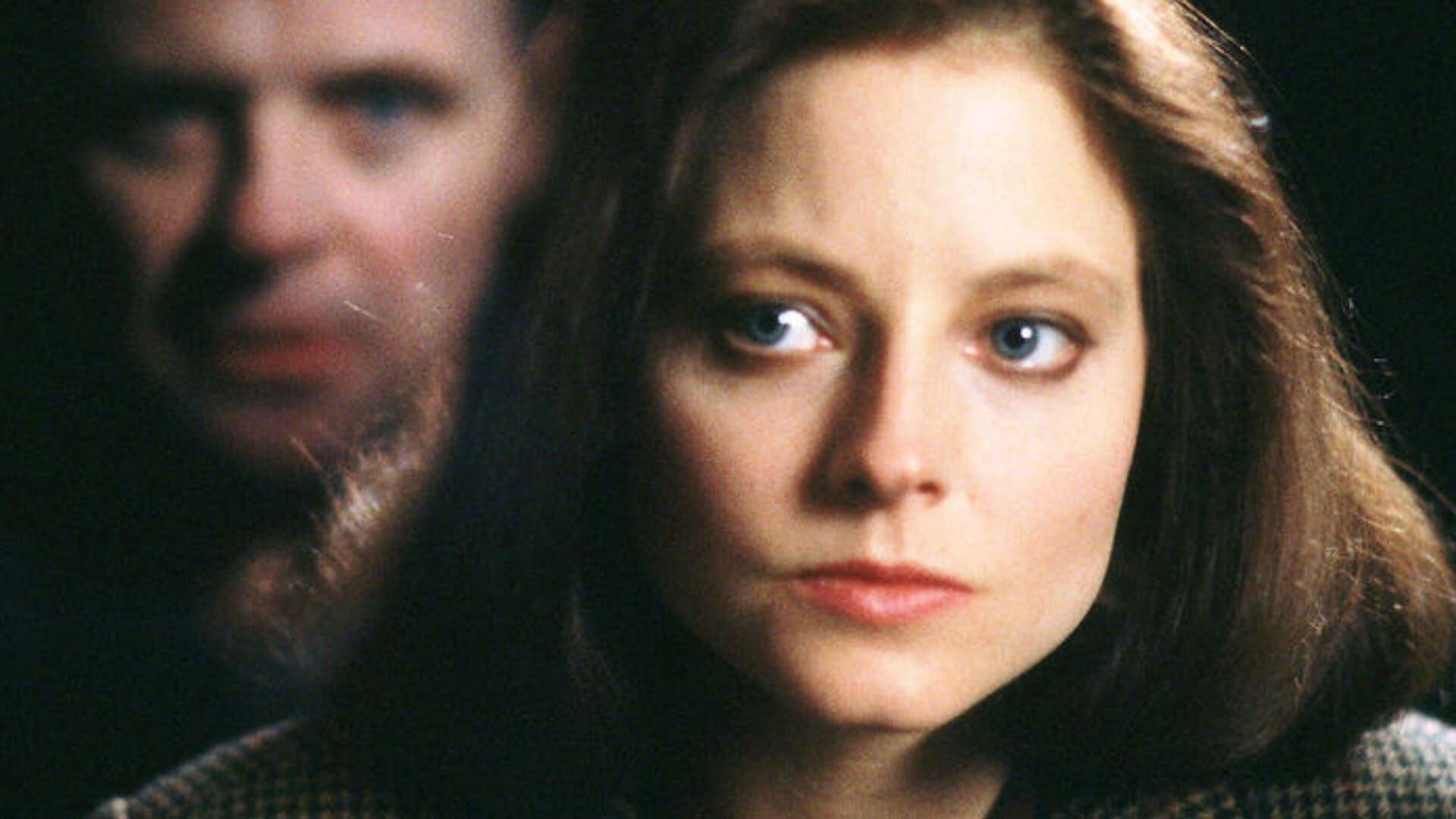
The Silence of the Lambs
Thomas Harris’ very entertaining, page-turning novel doesn’t pussyfoot around, mentioning the main attraction—Hannibal Lecter of course—just four pages in. Like the book, Jonathan Demme’s film does a great job building anticipation for the first encounter between Clarice Starling and the brilliant, erudite cannibal. This scene doesn’t disappoint, introducing their relationship while pushing along another central plot line, involving a serial killer dubbed “Buffalo Bill.” The pace is great from the start—and when Lecter finally escapes from prison, it flies.
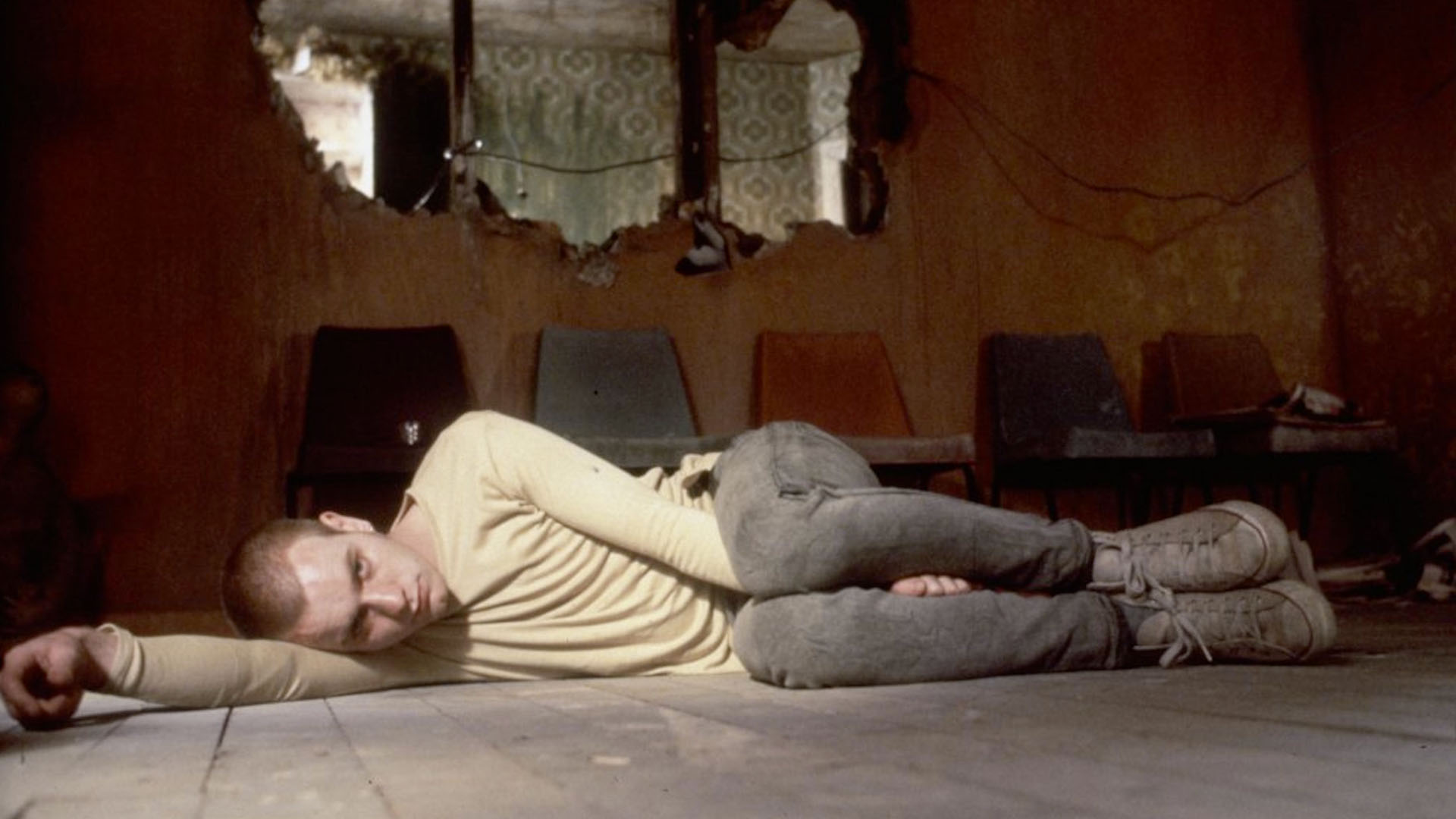
Trainspotting
Danny Boyle’s take on Irvine Welsh’s doped-out classic frontloads the now legendary “choose life” monologue, delivered by narrator and protagonist Mark Renton, played in the film by Ewan McGregor. The novel begins differently, with this opening sentence: “The sweat wis lashing oafay Sick Boy; he wis trembling.” I assume Welsh didn’t write this book—or any of his books—with the spellchecker switched on. The author’s signature style is very phonetic, and very freakin’ Scottish.
Both texts take a no-holds-barred look at heroin addiction, the kind that could only come from someone on the inside; someone who knows what it’s like to stick a needle in their arm. The film conjures an odd paradox, combining a scuzzy lived-in aesthetic with nightmarishly trippy flourishes.
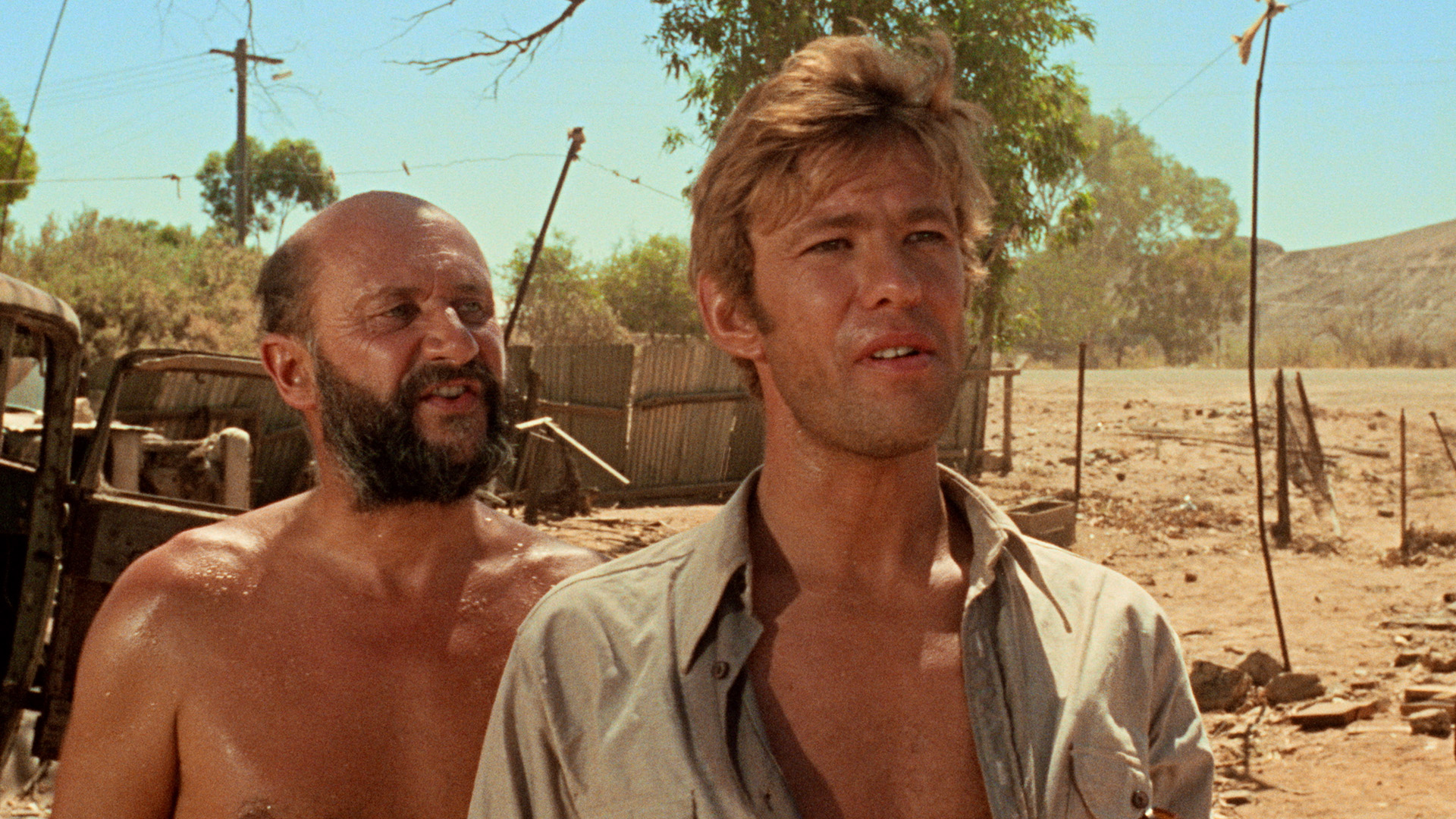
Wake in Fright
I’m only basing this on anecdotal observations, but it seems like a lot more people have seen the film of Wake in Fright than read Kenneth Cook’s similarly punch-packing novel, which wrings big psychological impact from a lithe 143 pages. Both are quintessentially Australian horror, belonging to a pantheon of stories about foreigners tossed and flayed by life down under.
The sun, the beer, and the locals pulverise protagonist John Grant, an English high school teacher stuck in the back of beyond. The film is a masterpiece, and the book is great too.





